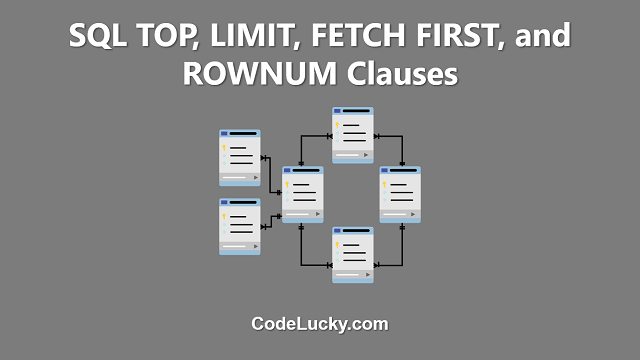SQL Aliases are used to give temporary names to columns or tables in a query. Aliases are useful when working with large and complex queries, as they make it easier to read and understand the results. In addition, they also allow you to modify the appearance of the column names in the result set, making them more user-friendly.
Syntax of SQL Aliases
SQL Aliases are created by using the “AS” keyword. The following is the general syntax for creating an alias in SQL:
SELECT column_name AS alias_name FROM table_name;
Where “column_name” is the name of the column you want to create an alias for and “alias_name” is the temporary name you want to give to that column in the result set.
Examples of SQL Aliases
Consider the following “employees” table:
| EmployeeID | EmployeeName | Salary | Department |
|---|---|---|---|
| E001 | John | 5000 | Marketing |
| E002 | Jane | 5500 | Sales |
| E003 | Bob | 4500 | IT |
| E004 | Alice | 4000 | HR |
| E005 | Eve | 6000 | Finance |
Example 1: Creating an alias for a column
SELECT EmployeeName AS Employee, Salary FROM employees;
The result of the above SQL statement will be:
| Employee | Salary |
|---|---|
| John | 5000 |
| Jane | 5500 |
| Bob | 4500 |
| Alice | 4000 |
| Eve | 6000 |
In the above example, we have created an alias for the “EmployeeName” column and named it “Employee”. This makes it easier to understand and read the result set.
Example 2: Creating an alias for a table
SELECT e.EmployeeName AS Employee, e.Salary FROM employees AS e;
The result of the above SQL statement will be:
| Employee | Salary |
|---|---|
| John | 5000 |
| Jane | 5500 |
| Bob | 4500 |
| Alice | 4000 |
| Eve | 6000 |
In the above example, we have created an alias for the “employees” table and named it “e”. This makes it easier to reference the table in the query and avoids ambiguity if there are multiple tables with similar names in the database.
Conclusion
SQL Aliases are a useful tool for managing large and complex queries. By giving temporary names to columns and tables, you can make your queries more readable and user-friendly. Aliases also make it easier to reference columns and tables in your queries, especially when there are multiple columns or tables with similar names in the database.







